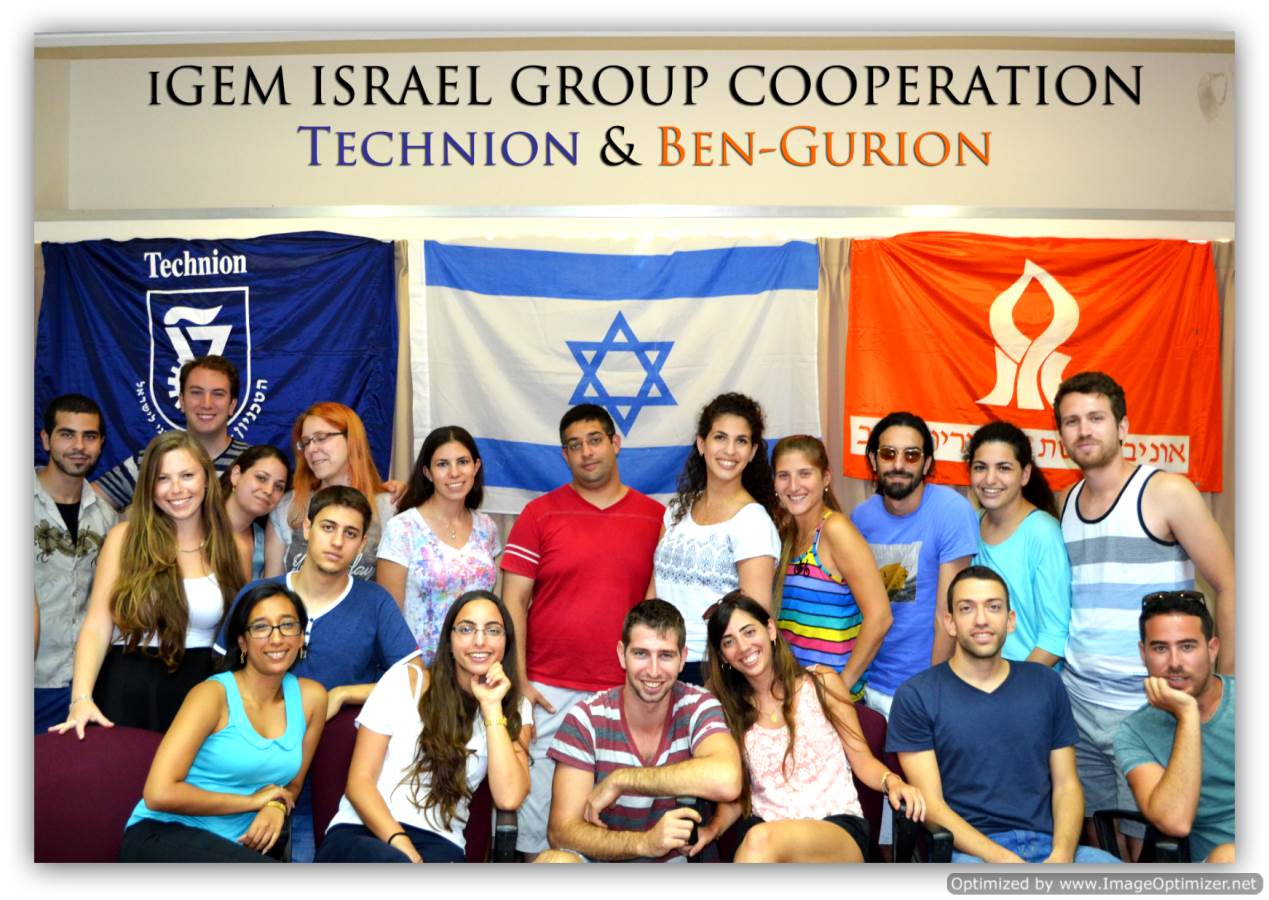Team:BGU Israel/Team/Collaboration
From 2014.igem.org
(Difference between revisions)
| Line 36: | Line 36: | ||
<div class="clear" id="story" style="height:70px"></div> | <div class="clear" id="story" style="height:70px"></div> | ||
| - | <div class="textCont" style="height: | + | <div class="textCont" style="height: 348px;"> |
<h3 style="border-bottom:dashed;border-color:#000000">Collaboration with the Technion iGEM group </h3> | <h3 style="border-bottom:dashed;border-color:#000000">Collaboration with the Technion iGEM group </h3> | ||
<div class="col2"><br> | <div class="col2"><br> | ||
| Line 95: | Line 95: | ||
</section> | </section> | ||
<div id="dallas" style="position:relative; bottom:55px"></div> | <div id="dallas" style="position:relative; bottom:55px"></div> | ||
| - | <div class="textCont" style="height: | + | <div class="textCont" style="height: 88px; margin-bottom: 12px;"> |
<h3 style="border-bottom:dashed;border-color:#000000">UT Dallas Collaboration </h3> | <h3 style="border-bottom:dashed;border-color:#000000">UT Dallas Collaboration </h3> | ||
We sent the UT-Dallas team a part, that has been created by the iGEM BGU 2013 team, BBa_K1223010 (pUC-57-P.A.S.E.1), as this part wasn't available in the registry. | We sent the UT-Dallas team a part, that has been created by the iGEM BGU 2013 team, BBa_K1223010 (pUC-57-P.A.S.E.1), as this part wasn't available in the registry. | ||
Latest revision as of 08:39, 17 October 2014


Collaboration with the Technion iGEM group
Detection of allergens and toxins in food and water has been one of the most major global challenges in recent years, mainly because its detection must be done at very low concentrations. In order to tackle this challenge, the Technion-Israel team is designing a bio-sensor system that can accurately identify a substance of interest at extremely low concentrations. The system consists of E.Coli Top 10 bacteria which are able to sense the presence of a specific substance and process the signal to produce a green light. In order for the green light to be visible to the naked eye, the system involves a quorum sensing-based acyl homoserine lactone (AHL) signal as well. The AHL signal is passed on from one E.Coli to its neighbors in order for them to follow suit, causing a chain reaction which enables the magnification of the green light signal.
To determine whether their E.Coli Top 10 bacteria do produce and secrete AHL, we offered to characterize their system using the reporter strain chromobacterium violecium 26 (CV026) which we have in our lab. In the presence of AHL, CV026 produce a characteristic purple dye marker. In a qualitative experiment that we conducted by seeding their E.Coli Top 10 on soft agar and LB agar plates containing CV026, we found that their bacteria do produce AHL as a result of purple colonies that appeared on the agar plates. Such result helped the Technion-Israel team to insure that their system does secrete the AHL signal.
Results
Plate: soft agar CV026

Bacteria culture

(3-oxo-c6) industrial AHL
Plate: LB agar CV026

Bacteria culture

(3-oxo-c6) industrial AHL
Our Teams




Photo Caption
Please wait...
 "
"